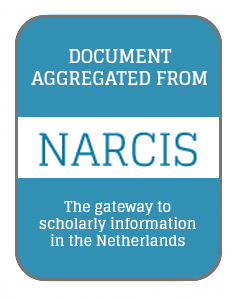Resource information
With the existence of mature technologies and modern urban planning necessities, there is a growing public demand to improve the efficiency and transparency of government administrations. This includes the formation of a comprehensive modern spatial land management (cadastre) system having the capacity to handle various types of data in a uniform way—above-terrain and below-terrain—enabling the utilization of land and space for various complex entities. To utilize existing knowledge and systems, an adaptive approach suggests extending and augmenting the existing 2D cadastre systems to facilitate 3D land management capabilities. Following a comprehensive examination of the Survey of Israel’s operative cadastral system that supports 2D land administration, it turned out that it is crucial to outline new concepts, modify existing terms and define specification guidelines. That is, to augment and provide full 3D support to the current operative cadastral system, and to create a common and uniform language for the various parties involved in the preparation of 2D and 3D mutation plans required for modern urban planning needs. This study refers to the legal and technical aspects of Survey of Israel’s CHANIT, which is the legal set of cadastral work processes specifications, focusing on database, data structure, functionality, and regulation gaps while emphasizing on 3D cadastral processes. The outcome is recommendations concerning data structure and functionalities needed to be addressed for the facilitation and implementation of an operative 3D land management system in Israel.


